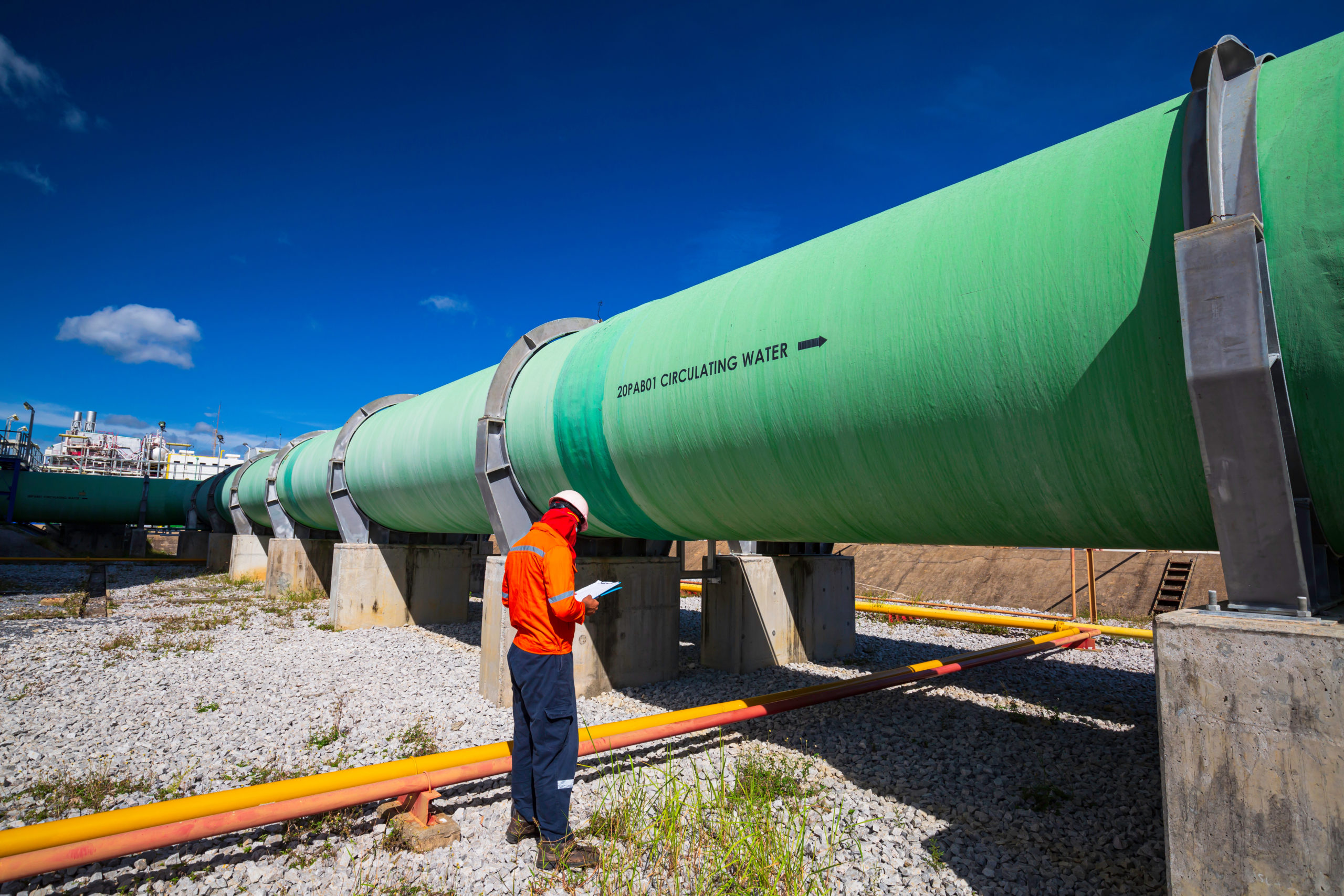The Honorable John Cornyn
517 Hart Senate Office Building
Washington, DC 20510
Dear Senator Cornyn:
I am writing on behalf of the Interstate Natural Gas Association of America (INGAA) to share our members’ views on S. 1313, the “Protection of Homes, Small Businesses and Private Property Act of 2005.” INGAA is a trade organization that represents virtually all interstate natural gas transmission pipeline companies operating in the U.S., as well as comparable companies in Canada and Mexico. Our members transport over 95 percent of the nation’s natural gas through a network of 180,000 miles of pipelines. The efficient and timely construction of interstate natural gas pipelines depends on the right of eminent domain now granted under federal law, which is why we ask that you consider several refinements to your legislation as it moves forward. Before discussing suggested refinements, however, I first will provide some background on eminent domain and the construction of interstate natural gas pipelines.
Interstate natural gas pipelines cannot be constructed in the United States without first obtaining approval from the Federal Energy Regulatory Commission (FERC). FERC is responsible, pursuant to the Natural Gas Act (NGA), for reviewing proposed natural gas pipeline projects and authorizing only those that it finds to be in “the public convenience and necessity.” Upon receiving an application for a certificate of public convenience and necessity, FERC undertakes a comprehensive public review in which it solicits views from affected landowners and works to mitigate any long-term effects that the proposed project may have on landowners and the environment. Should FERC issue a certificate of public convenience and necessity, section 7(h) of the NGA authorizes the certificate holder to exercise the right of eminent domain in federal district court, if necessary, to acquire property along the approved pipeline right-of-way.
The Congress first authorized the holders of certificates for constructing interstate natural gas pipelines to exercise federal eminent domain in 1942. The reason for this amendment was that an interstate pipeline may traverse hundreds of miles and cross thousands of separate land parcels. While certificate holders typically can negotiate land use agreements with 90 to 95 percent of landowners, access to the remainder of the land along the pipeline right-of-way often is complicated by unclear land title and intransigent landowners. It should be noted, however, that the FERC requires fair market compensation for all affected landowners – regardless of whether the certificate holder has been compelled to use eminent domain proceedings to obtain land access. FERC certificate orders also include environmental conditions requiring the restoration of the land following construction. Finally, almost all pipelines are buried at least three feet underground, which means that landowners may still use their property for a variety of applications, such as agriculture, once the pipeline is constructed.
Given the forecasts of continued growth in the demand for natural gas, as well as the need to access natural gas from new supply sources, expansion of natural gas pipeline infrastructure in the United States will be an urgent need in coming years. While eminent domain must be invoked in only a small number of cases on any given project, the continued ability to rely on this authority remains critical to avoiding endless delay in building energy infrastructure of national importance.
The process for obtaining a certificate of public convenience and necessity authorized by section 7 of the NGA ensures that FERC-approved interstate pipeline projects meet a “public use” standard similar to the one suggested in S. 1313. While eminent domain is used in connection with constructing privately-owned pipelines, there is the prerequisite of a finding by the federal regulator that such facilities are required for the public convenience and necessity.
INGAA therefore recommends S. 1313 be amended to recognize expressly the longstanding grant of federal eminent domain under the NGA. Specifically, section 3 of S. 1313 could be amended in one of two ways:
- 1. Defining “public use” to include projects found to meet the “public convenience and necessity” pursuant to section 7 of the NGA; or
- 2. Exempting from the definition of “economic development” those projects that have been approved by FERC under section 7 of the NGA.
Thank you for considering these views. Please feel free to contact me, or our Vice President of Legislative Affairs, Martin Edwards (202-216-5910), if you have any questions.
Respectfully,
Donald F. Santa, Jr.
President





